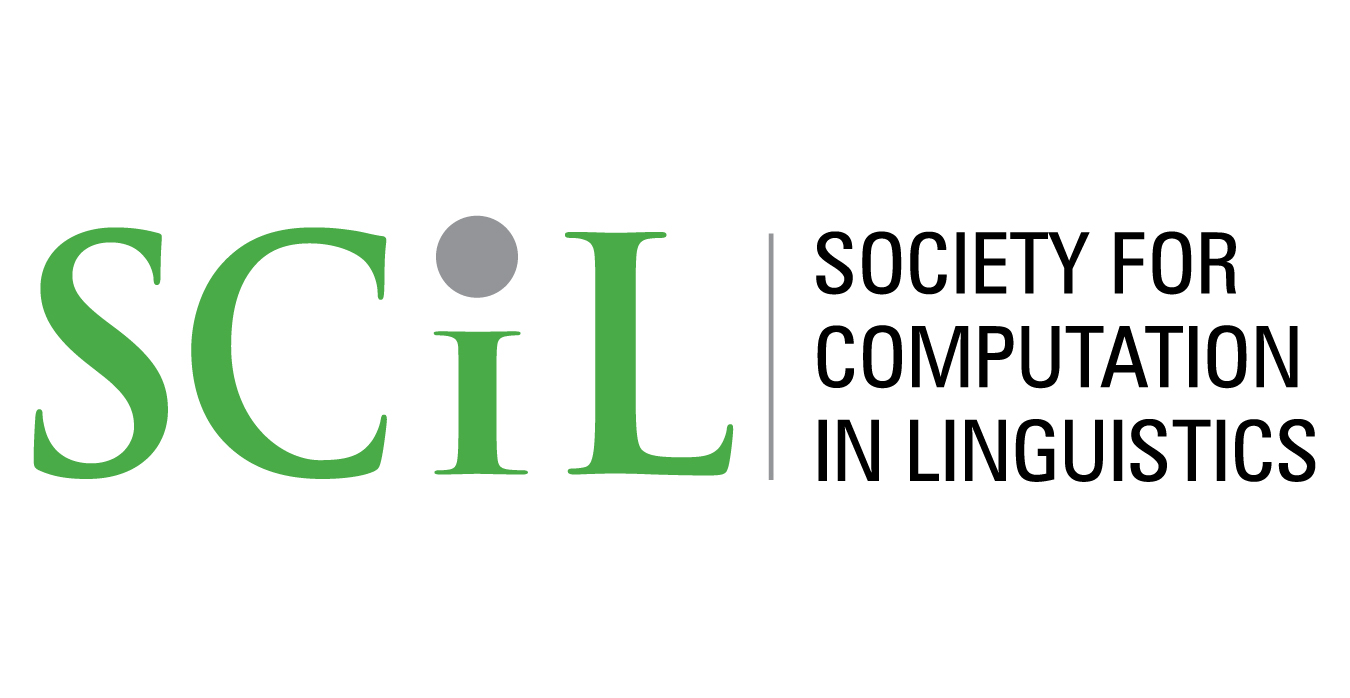Language Learning as Codebreaking: The Key Roles of Redundancy and Locality
Abstract
Understanding the inherent properties that render a language learnable remains a fundamental question in cognitive science and linguistics. I propose to analyze language learning as a codebreaking task, wherein the learner recovers the underlying grammar (the cryptographic key) from observed linguistic input (intercepted ciphertext). I develop a standard information-theoretic analysis of this codebreaking problem, but with a twist: in cryptography, one wants to make a code unbreakable, but in language, one wants the language to be learnable. The analysis yields three main findings: (1) Semantic redundancy—predictability of meanings given context—is necessary for language learning; (2) When learners have limited memory for sequential information, this redundancy must be local within linguistic strings; and (3) certain simple kinds of compositional languages naturally embody this kind of local semantic redundancy, enhancing their learnability. The framework shows how distributional statistics enable the learning of form–meaning mappings even when learners only observe forms.
How to Cite:
Futrell, R., (2025) “Language Learning as Codebreaking: The Key Roles of Redundancy and Locality”, Society for Computation in Linguistics 8(1): 2. doi: https://doi.org/10.7275/scil.3099
Downloads:
Download PDF
557 Views
257 Downloads
